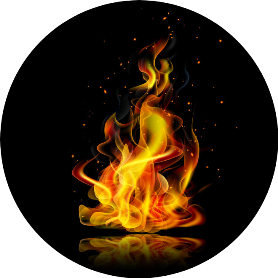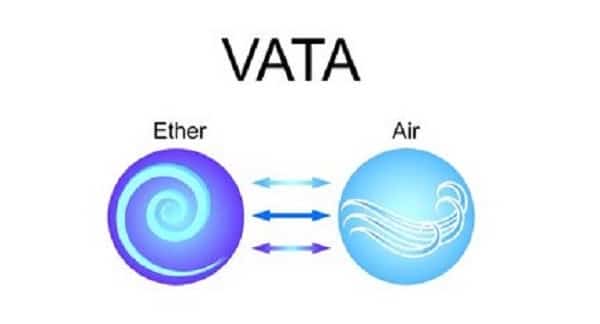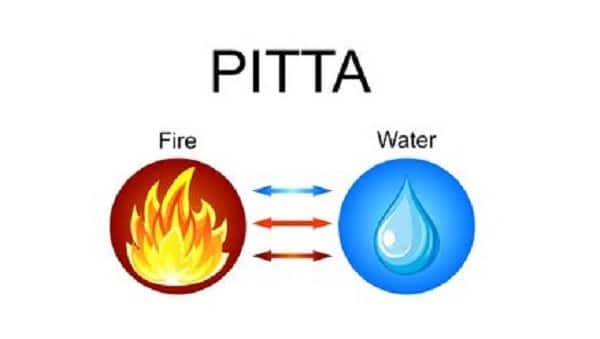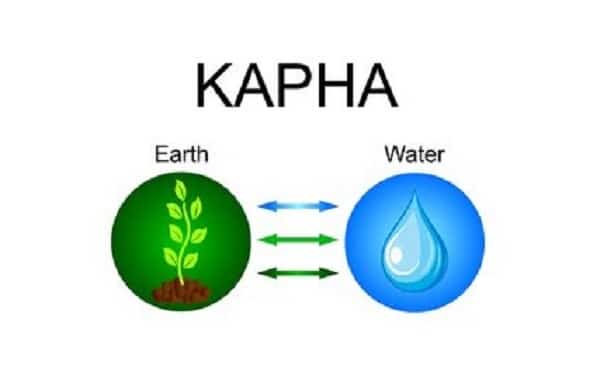Ayurveda
Ayurveda is the oldest surviving complete medical system in the world. In Sanskrit, Ayurveda means “The Science of Life.” Ayurveda originated in India more than 5000 years ago. It is considered the mother of all healing systems. Ayurveda defines health as a perfect state of balance among the body’s three fundamental energies, or Doshas, and the body, mind, and spirit. Ayurveda helps us to live all aspects of our lives in the best possible manner. The main goals of Ayurveda are:
- To preserve the health of a healthy person
- To prevent the disease in a healthy person.
Ayurveda is a Sanskrit word derived from two words ‘Ayu’ means Life and ‘Veda’ means wisdom. Ayurveda defines health as
“Samadosha samagnischa samadhatumalakriyaah|
Prasanna-atma-indriya-manaha swastha ity abhidheeyate||”
The meaning of this Shloka (Verse): –
Sama Dosha means balanced doshas (Vata, Pitta and Kapha).
Sama Agni means balanced digestive fire (Digestive fire is responsible for digestion, assimilation and absorption of food and nutrients).
Sama Dhatu means balanced or optimal conversion of tissues (There are seven tissues according to Ayurveda- Rasa (Plasma), Rakta (Blood), Mamsa (Muscle), Meda (Adipose), Asthi (Bone), Majja (Bone marrow and Nerve) and Shukra (reproductive tissue)
Mala kriya means elimination of bodily waste is proper.
Prasanna-Atma-Manaha means happy soul, senses and mind
Swastha iti abhidhiyate means when all these things are in proper balance, it is called health according to Ayurveda.
Everything in this world is made of five elements. The five elements are

Ether
Akash or Ether is the first expression of consciousness and it considered as the basic need of the bodily cells. Akash is omnipotent, omniscient and omnipresent. Without Ether or space, there is no freedom to move. The qualities that represent Ether are clear, light, subtle, soft and immeasurable. It is the pure presence of spiritual energy that manifests as nuclear energy.
Air
Air is also called Vayu and it is the principle of movement that keeps the body in motion and manifests as electrical energy. Prana (Life force) is the basic principle of Air element. Sensory stimuli and motor responses are the subtle movements of prana. The qualities that represent Air are mobile, dry, light, cold, rough, subtle.


Fire
Wherever there is movement, there is friction and friction create heat or fire. Fire, also called Agni is the radiant energy that is responsible for all the transformative processes inside the body and for maintaining the body temperature. The qualities of Fire are hot, sharp, light, dry, subtle and its actions are brilliance, luminosity, penetration, intelligence. Fire is carried throughout the body in the blood and plasma as heat. Circulation of heat in the body is an important aspect of Fire element.
Water
Water also called Ap is associated with chemical energy. Water is the responsible for electrolyte balance and is the universal chemical solvent. The plasma in our blood is almost 90 percent water. It carries nutrients to all over the body. The lymphatic system is governed by water element. The qualities of water are cool, liquid, dull, soft, oily and slimy and its actions are downward movement, cleansing, cohesiveness and percolation.


Earth
The solid, dense and hard element is Earth or Prithvi. Our bones, cartilage, nails, hair, teeth and skin represent the earth element. It is associated with mechanical energy. The qualities of Earth are heavy, dull, static, dense, hard, gross. Earth element cradles and holds all living creatures of the planet.
All the elements are present in each individual, but the proportion and combination vary in each person. Balance of all these five elements is total health. When the combination is upset, diseases may result.
The combination of these five elements give rise to three Doshas. Dosha means biological and functional energies that work together and responsible for all physical, mental, emotional processes in our body. They are called Vata, Pitta and Kapha and are considered as three pillars of our body. Their balance is the key to good health. Integrity and endurance of human body depends on integrity of three doshas.

Ayurveda places great emphasis in maintaining the health by correcting diet, lifestyle, right thinking and using natural herbs. Every person is considered unique and is born with certain physical, emotional and mental characteristics that decides one’s constitution. The constitution called the “Prakruti” is decided at the time of conception and cannot be changed. Ayurveda looks at human body through the concept of Tridosha or three subtle energies working together.

Vata represents the functional energy of movement and responsible for blinking, talking, moving food in the body and nutrients into the cell, excretion etc. It balances all the physiological and Psychological activities and also controls all functions of pitta and kapha. It acts as a Supervisor. In balance, Vata promotes creativity and flexibility. Out of balance, vata produces fear, anxiety and abnormal movements.

Pitta represents the functional energy of transformation and it governs digestion, absorption, assimilation, nutrition of food in our body. It maintains the metabolic activities and body temperature. In balance, pitta promotes understanding and intelligence. Out of balance, pitta arouses anger, hatred, jealousy and inflammatory issues.

Kapha represents the functional energy of tissue building and nourishment. It acts like coolant and buffer system. It is responsible for body’s immunity, healthy tissues and fluids in our body.
In balance, kapha is expressed as love, calmness and forgiveness. Out of balance, it leads to attachment, greed, possessiveness and congestive disorders.
We are all born with combination of Vata, Pitta and Kapha doshas. Out of these three doshas, one or more doshas may be dominantly expressed. Based on the natural dominance of one or two doshas, the nature or constitution of a person is decided and are of seven types:
Mono Dosha Type – Vata, Pitta and Kapha
Dual Dosha Type – Vata pitta, pitta kapha and kapha vata
Triple Dosha type – Vata Pitta Kapha.
Our body undergoes increase or decrease of doshas all the time due to food, lifestyle and activities etc. which creates variations or imbalance in our body. These variations can be physiological, emotional and pathological in nature. The goal of Ayurveda is to bring back these variations to our original constitution and maintain it.

